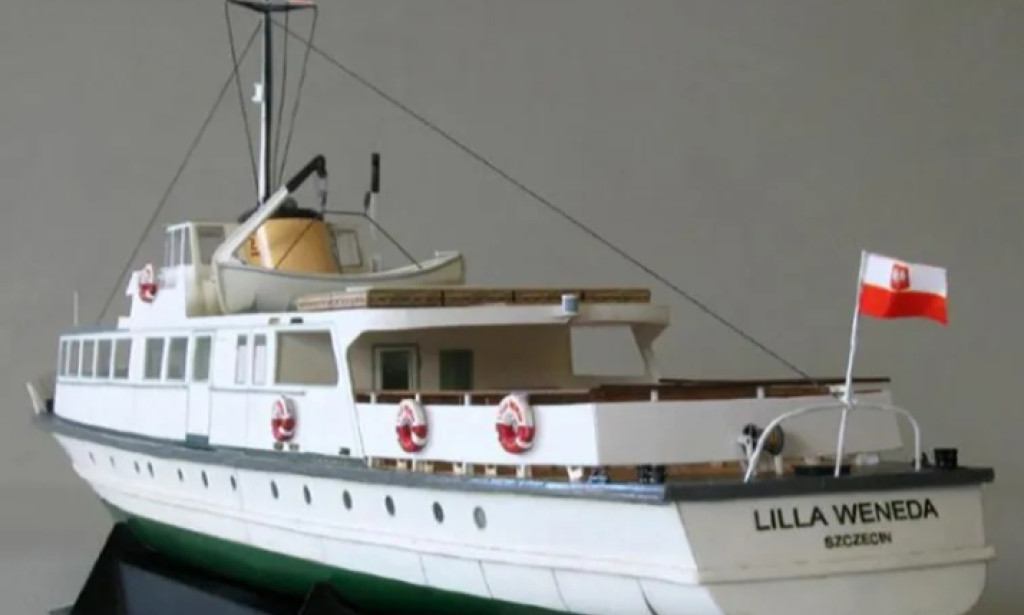There are a wide array of electrical equipment onboard a ship, each with their own layout and functions. Some of the most common electrical equipment onboard a ship include:
1. Generators - These are responsible for generating electricity for the ship. They are typically located in the engine room and may be powered by diesel engines or steam turbines.
2. Main switchboard - This is the central hub for all electrical power distribution on the ship. It receives power from the generators and distributes it to various systems and equipment throughout the ship.
3. Electric motors - These are used to power various systems onboard the ship such as pumps, compressors, and fans.
4. Navigation and communication equipment - This includes radar, GPS, radio systems, and other equipment that is used to navigate and communicate with other ships and shore-based facilities.
5. Lighting - There are various types of lighting onboard a ship, including interior lighting, navigation lights, and deck lighting.
6. Battery systems - These are used to provide backup power in case of a generator failure or other electrical system malfunction.
7. Transformers - These are used to change the voltage of the electrical power onboard the ship so that it can be used by different systems and equipment.
8. Electrical panels - These are used to control and monitor various systems and equipment onboard the ship, such as lighting and ventilation systems.
Overall, the layout and functions of electrical equipment onboard a ship will vary depending on the type of vessel and its intended use. However, all ships will have some form of electrical power generation and distribution system, as well as various navigation and communication equipment, lighting, and other electrical systems to support the crew and passengers onboard.

You must be logged in to post a comment.